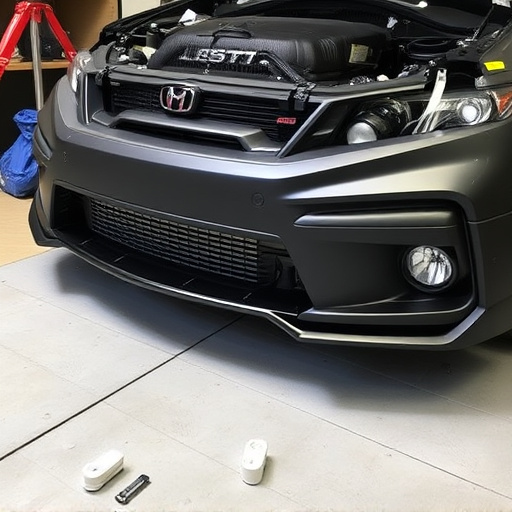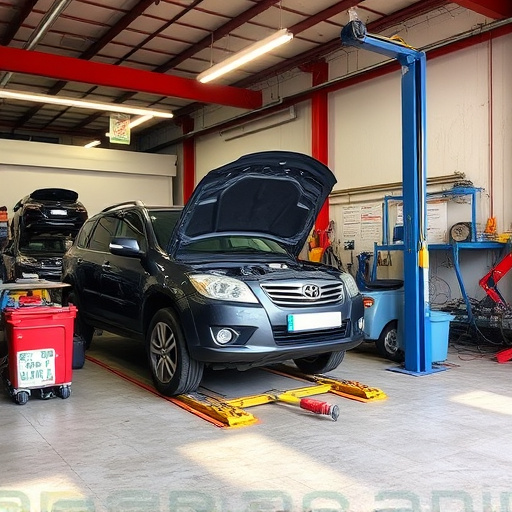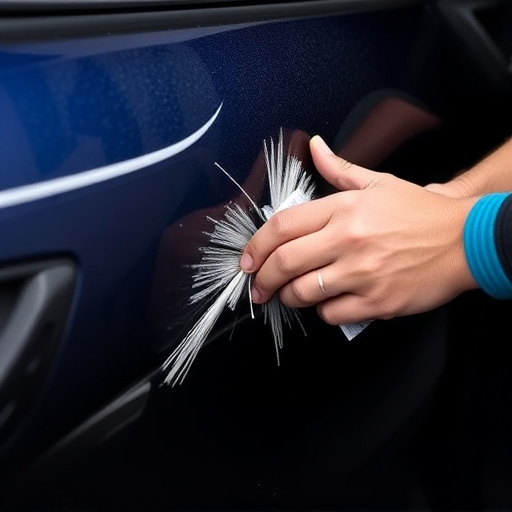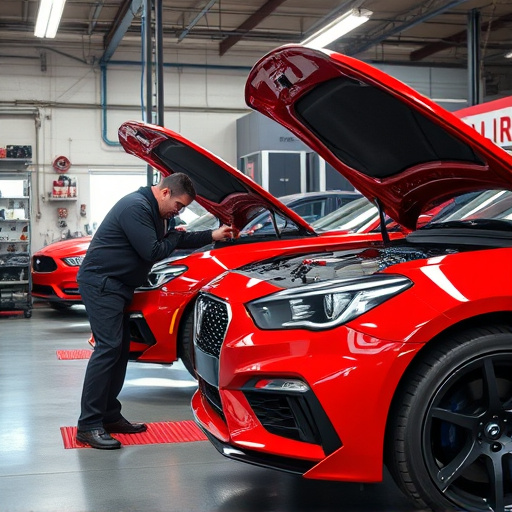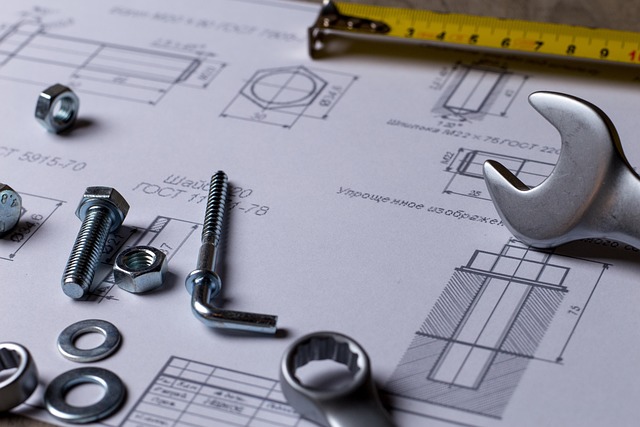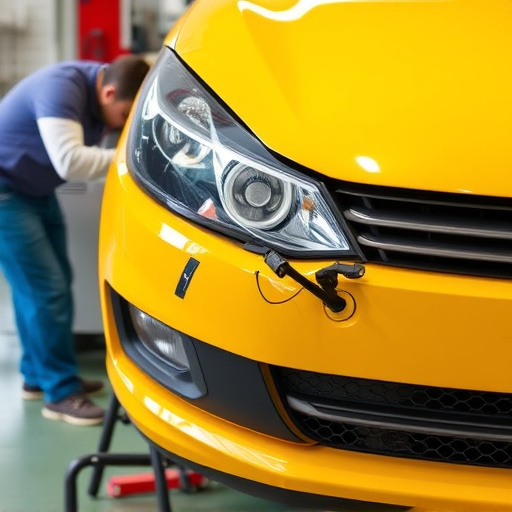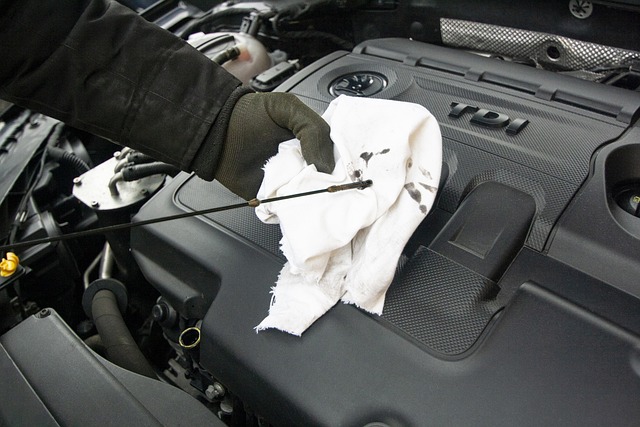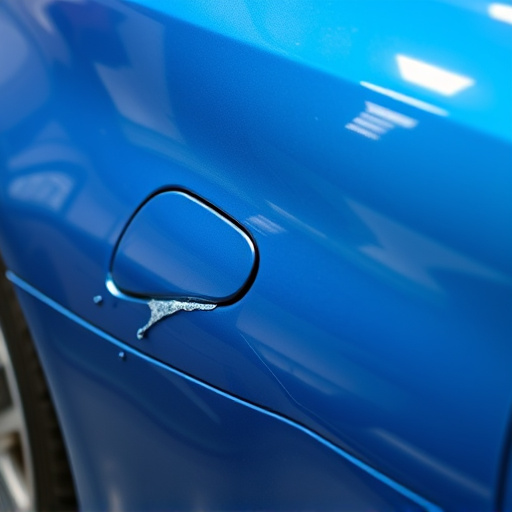Plasma cutting collision is a revolutionary technology that offers unparalleled precision and efficiency across multiple sectors. By using a high-velocity jet of ionized gas (plasma arc), it cuts through diverse materials with minimal heat input, resulting in clean and accurate cuts. Its versatility shines in intricate designs and complex shapes, making it ideal for applications like vehicle paint repair and tire services. This method reduces material damage, warping, and replacement costs compared to traditional panel replacement, especially in complex geometry cuts. In automotive body shops, plasma cutting revolutionizes metal fabrication with unprecedented speed and accuracy, streamlining post-cutting finishing and saving significant time and costs.
In the realm of metal fabrication, choosing the right technique can make all the difference. When it comes to precision and efficiency, plasma cutting stands out as a preferred method over panel replacement in various industries. This article delves into the world of plasma cutting technology, highlighting its advantages and how it outperforms traditional panel replacement. By understanding when to opt for plasma cutting, fabricators can navigate complex projects with greater ease and accuracy, revolutionizing their workflow.
- Understanding Plasma Cutting Technology and Its Advantages
- When Plasma Cutting Outperforms Panel Replacement: Use Cases
- The Benefits of Plasma Cutting Over Traditional Methods
Understanding Plasma Cutting Technology and Its Advantages
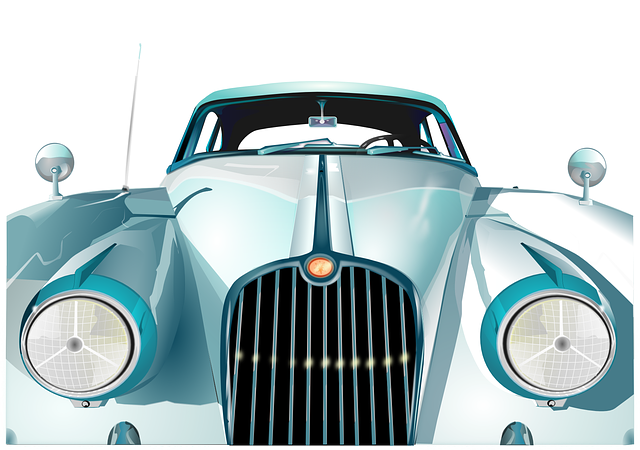
Plasma cutting is a technology that has gained significant traction in various industries due to its precision and efficiency. This process involves using a plasma arc—a high-velocity jet of ionized gas—to cut through materials like metal, wood, or even certain plastics. Unlike traditional cutting methods, plasma cutting collision offers several advantages, making it a preferred choice for many applications. One of its key benefits is the ability to provide clean, accurate cuts with minimal heat input, which is crucial for preserving the integrity of the material and nearby components. This makes plasma cutting ideal for delicate tasks such as vehicle paint repair or tire services, where precision and minimal damage are essential.
Moreover, plasma cutting technology allows for intricate and detailed cuts, making it suitable for complex shapes and designs. Its versatility extends to various industries, including automotive, manufacturing, and construction. For instance, in vehicle dent repair, plasma cutting can be employed to remove damaged panels with minimal effort, ensuring a smooth and seamless replacement process. The non-invasive nature of plasma cutting also reduces the risk of warping or damaging surrounding materials, making it a more sustainable and cost-effective solution compared to traditional panel replacement methods.
When Plasma Cutting Outperforms Panel Replacement: Use Cases
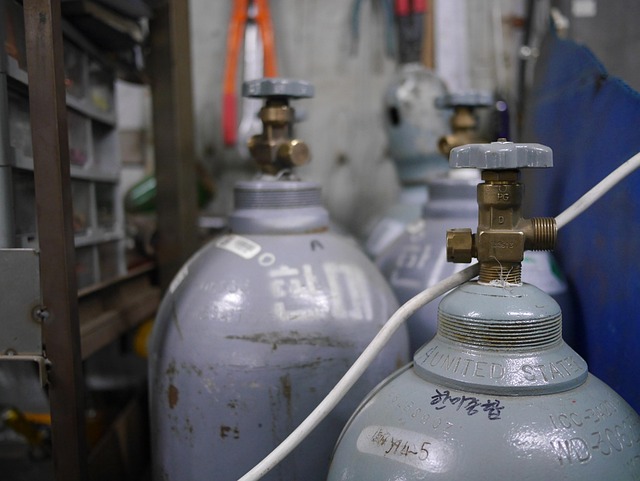
In many auto repair and car body shop scenarios, plasma cutting emerges as a superior method to panel replacement. This advanced technique offers several advantages that traditional panel replacement cannot match. One of the key areas where plasma cutting outperforms its counterparts is in complex geometry cuts. Unlike straight-line cuts or simple shapes, plasma cutting can handle intricate designs, making it ideal for restoration projects, custom fabrications, and repairing damaged panels with unique contours.
Another use case where plasma cutting shines is in situations requiring minimal material waste. The precision of plasma cutting ensures that only the intended material is removed, reducing scrap material significantly. This is particularly beneficial in auto repair shops where space is often limited and maximizing the value of every component is crucial. Moreover, plasma cutting allows for on-site fabrication, eliminating the need to order new panels and saving valuable time, especially when dealing with rare or discontinued parts, making it a game-changer in both automotive repair and general car body shop operations.
The Benefits of Plasma Cutting Over Traditional Methods
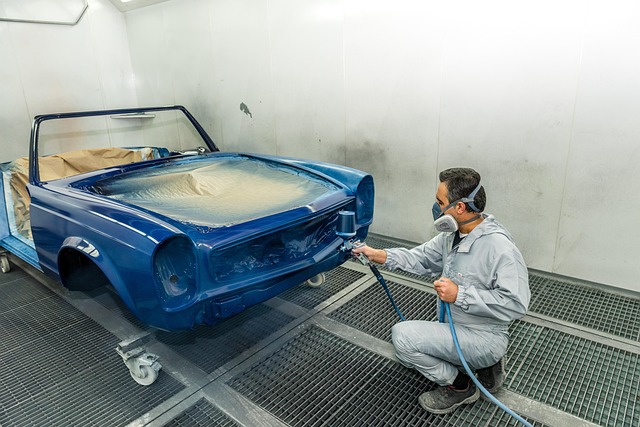
Plasma cutting offers a range of benefits over traditional methods when it comes to precision and efficiency in metal fabrication, especially in an automotive body shop or auto collision center. One of the key advantages is its accuracy; plasma cutters can achieve intricate cuts with exceptional detail, making them ideal for complex fender repair and other delicate metalwork. This level of precision ensures that every cut is precise, reducing waste and the need for costly rework.
Furthermore, plasma cutting is a faster process compared to traditional methods like oxy-fuel welding or water jet cutting. It can efficiently cut through various materials, including steel and aluminum, with minimal heat input, thus preserving the structural integrity of the metal. This is particularly beneficial in fender repair where maintaining the original shape and strength of the panel is crucial. Plasma cutting also produces clean edges, minimizing post-cutting finishing requirements, which can save time and money for auto collision centers.
Plasma cutting has proven to be a game-changer in various industries, offering precise and efficient solutions. In many cases, it outperforms panel replacement, especially for complex or intricate cuts. By understanding the technology’s advantages and exploring specific use cases, professionals can make informed decisions. Plasma cutting’s benefits, such as faster processing times, reduced material waste, and superior accuracy, make it a preferred method in today’s fast-paced manufacturing environment, ensuring a competitive edge over traditional panel replacement techniques.

